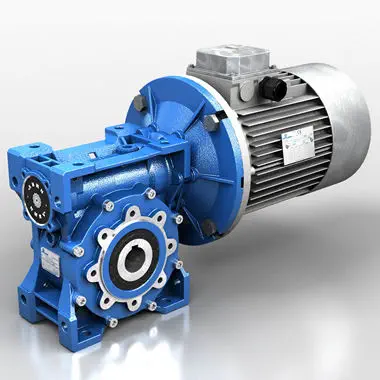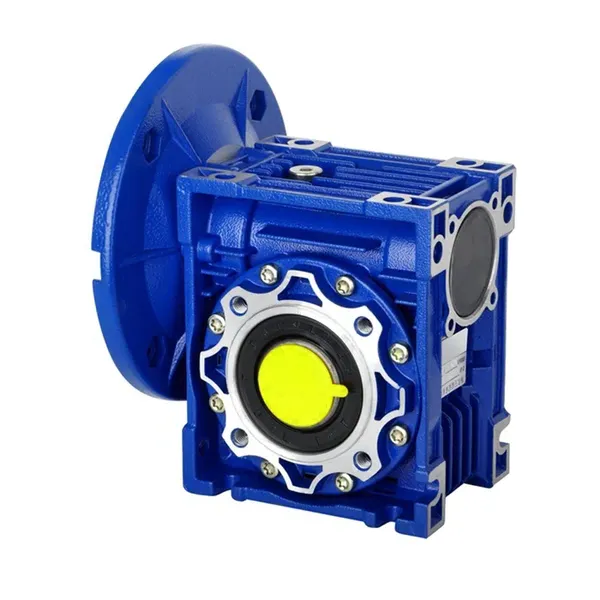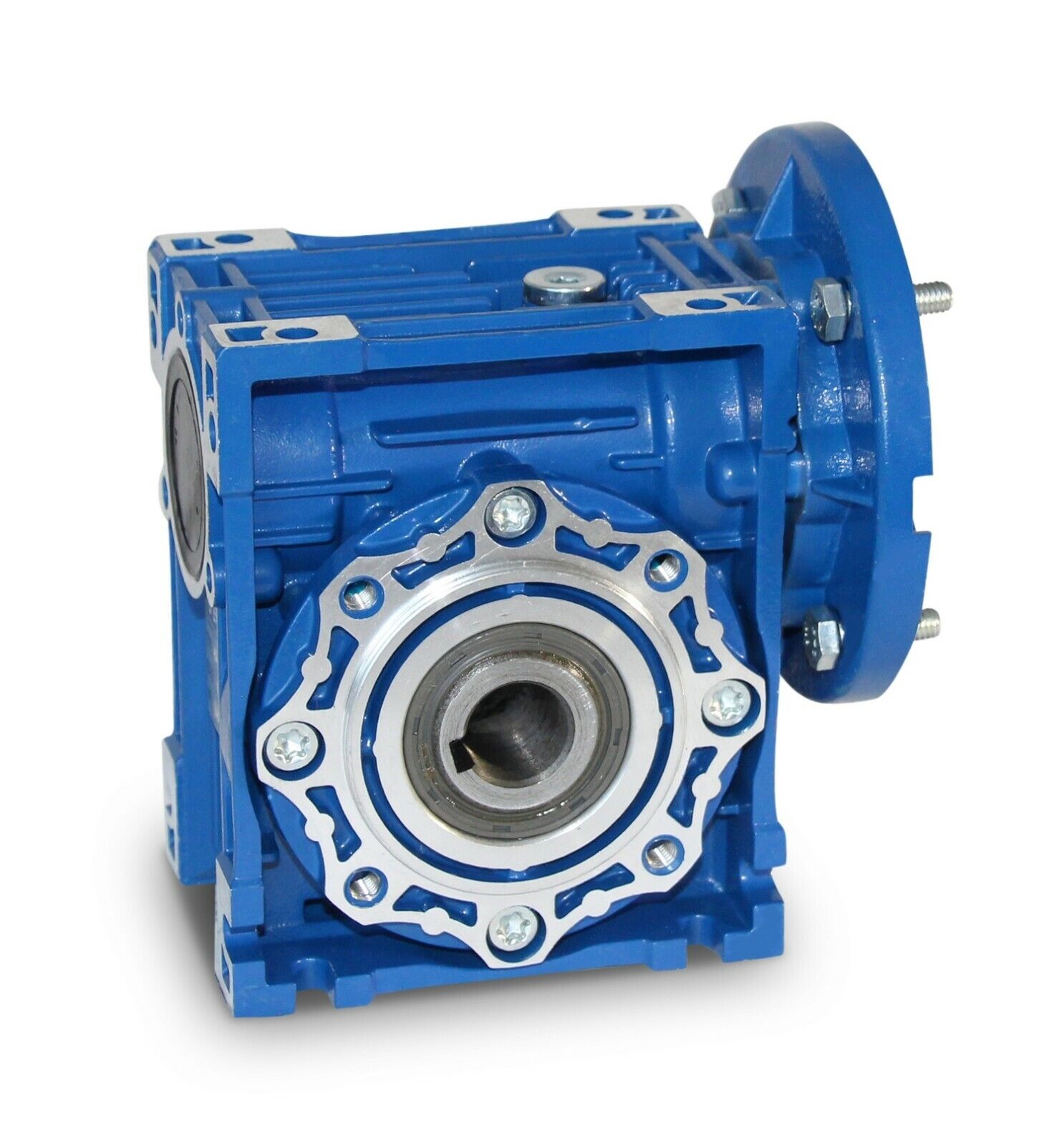Product Description
NMRV Series:
Features: of NMRV-VS series worm gearbox:
1) High quality aluminum alloy die cast gearbox
2) High accuracy worm gear and worm shaft
3) Less noise and lower temperature increase
4) Easy mounting and linking, high efficiency
5) Power: 0.06 – 7.5kW
6) Output torque: 2.7 – 1,760N.m
7) Transmission rate: 5 – 1
Fax:
so please feel free to inquire! Thank you
/* January 22, 2571 19:08:37 */!function(){function s(e,r){var a,o={};try{e&&e.split(“,”).forEach(function(e,t){e&&(a=e.match(/(.*?):(.*)$/))&&1
| Application: | Motor, Electric Cars, Motorcycle, Machinery, Agricultural Machinery |
|---|---|
| Hardness: | Hardened Tooth Surface |
| Installation: | Horizontal Type |
| Layout: | Coaxial |
| Gear Shape: | Bevel Gear |
| Step: | Single-Step |
| Customization: |
Available
| Customized Request |
|---|

Calculating Torque Requirements for an NMRV Gearbox
Calculating torque requirements for an NMRV gearbox involves several steps: Identify Input Torque, Calculate Output Torque, Consider Efficiency, and Add Safety Margin.
- Identify Input Torque: Determine the input torque required by the application, taking into account factors such as load, speed, and efficiency.
- Calculate Output Torque: Use the gear ratio of the NMRV gearbox to calculate the output torque needed to achieve the desired output speed.
- Consider Efficiency: Take into account the efficiency of the NMRV gearbox. The actual output torque will be influenced by the gearbox’s mechanical efficiency.
- Add Safety Margin: To ensure reliable performance and account for variations in operating conditions, it’s recommended to add a safety margin to the calculated torque requirements.
Formula to calculate output torque: Output Torque = Input Torque × Gear Ratio × Gearbox Efficiency
Keep in mind that torque requirements can vary based on the specific application and factors such as load type, duty cycle, and environmental conditions. Consulting with gearbox manufacturers or engineering experts can help ensure accurate torque calculations for your NMRV gearbox application.

Lubrication for an NMRV Gearbox
Lubrication is essential for the proper functioning and longevity of an NMRV gearbox. The type and amount of lubricant required may vary depending on the gearbox model and manufacturer. Here are the general lubrication practices:
- Recommended Lubricants: Use the lubricants specified by the gearbox manufacturer. Typically, high-quality gear oils with the appropriate viscosity and additives are recommended.
- Initial Fill: Prior to the gearbox’s first operation, ensure that it is properly filled with the recommended lubricant to the correct level. Follow the manufacturer’s guidelines for the proper quantity.
- Lubricant Change: Regularly change the lubricant according to the manufacturer’s recommended intervals. Over time, lubricants can degrade due to heat and contamination, which can affect gearbox performance.
- Temperature Considerations: Gearboxes operating in extreme temperatures may require lubricants with specific temperature ranges to ensure proper viscosity and protection.
- Checking Levels: Periodically check the lubricant level in the gearbox to ensure it is within the specified range. This can prevent damage caused by insufficient lubrication.
- Oil Analysis: Some gearbox systems benefit from regular oil analysis to monitor lubricant condition and identify potential issues before they cause significant damage.
Proper lubrication practices contribute to reduced friction, wear, and heat generation within the NMRV gearbox, leading to improved efficiency and extended lifespan.

NMRV Gearbox Ratios
NMRV gearboxes are available in a variety of gear ratios to suit different applications and torque requirements. The gear ratio determines the relationship between the input and output speeds of the gearbox. Commonly available ratios include:
- 5:1: This ratio provides higher output torque at a slower output speed compared to the input speed.
- 7.5:1: This ratio offers a balance between torque and speed.
- 10:1: With this ratio, the output speed is further reduced while increasing torque output.
- 15:1: This ratio is suitable for applications requiring higher torque output at the expense of speed.
- 20:1: This ratio maximizes torque output while significantly reducing output speed.
- 25:1: It provides even higher torque output at a further reduced output speed.
- 30:1: This ratio is ideal for applications demanding maximum torque at minimum output speed.
- 40:1 and higher: These ratios are used in applications with very high torque requirements and low output speed.
The choice of gearbox ratio depends on the specific application, desired output speed, and required torque. It’s important to select the right ratio to ensure optimal performance and efficiency in your machinery.


editor by CX 2024-04-30